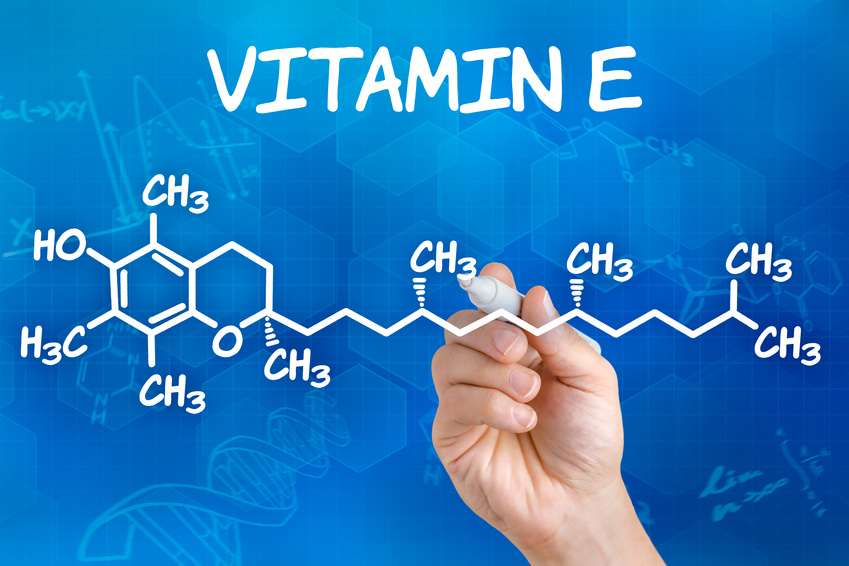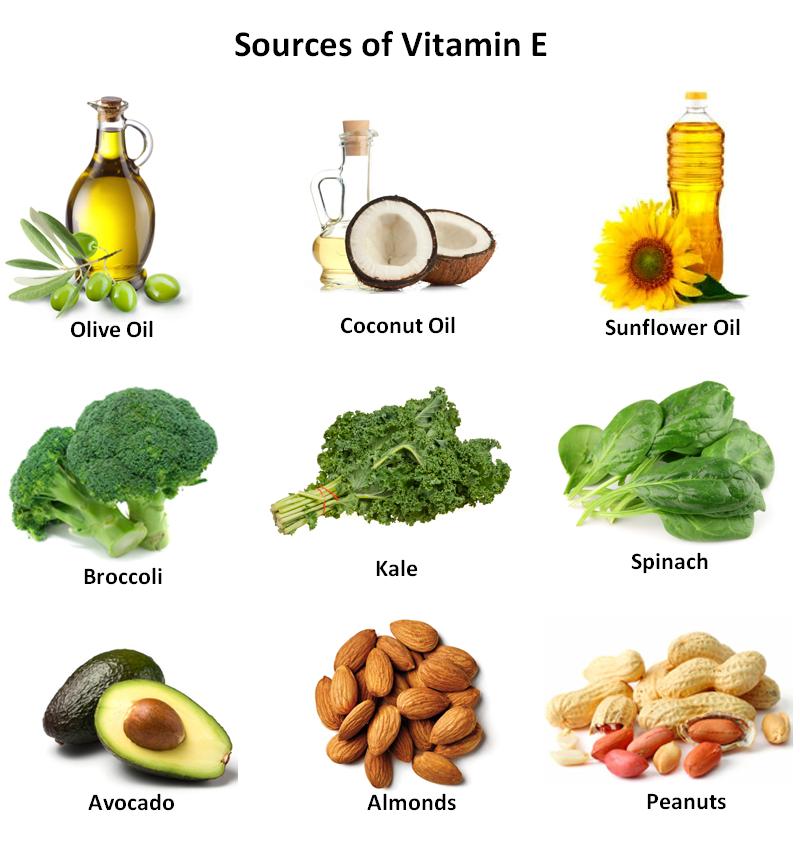An essential fat-soluble nutrient that supports the preservation of the body’s health is vitamin E. A well-known benefit of vitamin E is its potent antioxidant capacity. It assists in defending the cells against damage brought on by free radicals, which fuel the emergence of several illnesses.
Few vitamins in the world of nutrition are as well-known as vitamin E. With its wide range of health advantages, this crucial vitamin is crucial for ensuring that our bodies operate at their peak. From fortifying your immune system to promoting radiant skin, vitamin E is your secret weapons for a healthier and more beautiful you.
The science behind vitamin E

Four tocopherols (alpha, beta, gamma, and delta) and four tocoterienols (also alpha, beta, gamma, and delta) compose the family of eight isomers known as vitamin E. The only form of vitamin E that is actively maintained in the human body is alpha-tocopherol, which is why blood and tissues have the highest concentrations of it
Vitamin E as an antioxidant
One of the most significant antioxidants in the body is vitamin E. It guards against the harm that free radicals may do to cells. Free radicals are unstable molecules that can damage cells and contribute to the development of chronic diseases such as heart disease, cancer, and Alzheimer’s disease.
Vitamin E Deficiency
A primary shortage of vitamin E (due to inadequate food intake) is uncommon in humans. However, deficiency is generally related with fat malabsorption illnesses such as cystic fibrosis. Vitamin E insufficiency symptoms include:
- Muscle weakness
- Numbness and tingling in the hands and feet
- Loss of balance and coordination
- Vision problems
- Skin problems
Erythrocyte hemolysis
Without vitamin E, red blood cells rupture and leak their contents, most likely as a result of the polyunsaturated fatty acids that make up their membranes oxidizing. This classic sign of vitamin E deficiency, known as erythrocyte hemolysis, is seen in premature infants, born before the transfer of vitamin E from the mother to the infant that take place in last weeks of pregnancy. Vitamin E treatment corrects hemolysis anemia.
Muscular dystrophy
Long-term vitamin E insufficiency also results in neuromuscular dysfunction that affects the retina of the eye and the spinal cord. Common symptoms include:
Loss of muscle coordination
Loss of reflexes
Impaired vision and speech
Treatment with vitamin E reduces these neurological vitamin E deficient symptoms, but it does not prevent or treat inherited muscular dystrophy.
Two other disorders appear to react to vitamin E treatment, while the findings are uneven. One is a nonmalignant breast disease (fibrocystic breast disease), and the other is an abnormality of blood flow that causes cramping in the legs (intermittent claudication).
Vitamin E toxicity
The usage of vitamin E supplements has increased in recent years as its preventive properties against chronic illnesses have been recognized. Still, toxicity is rare, and it appears safe across abroad range on intakes. Extremely high vitamin E dosages may interfere with vitamin K’s ability to support in blood clotting and increase the effects of medications intended to prevent blood clotting, which can result in bleeding. Symptoms of vitamin E toxicity include:
- Nausea and vomiting
- Diarrhea
- Headache
- Fatigue
- Muscle weakness
- Blurred vision
Vitamin E Recommendations
The current RDA for vitamin E is bases on the alpha-tocopherol form only. The recommended daily intake of vitamin E for adults is 15 milligrams (mg) for men and 11 mg for women.
| Age group | Men (mg) | Women (mg) |
| 14–18 years | 15 | 15 |
| 19–30 years | 15 | 11 |
| 31–50 years | 15 | 11 |
| 51+ years | 15 | 11 |
| Pregnant women | – | 15 |
| Lactating women | – | 19 |
Food sources of vitamin E

Vitamin E is widespread in foods. Vegetable oils and the products manufactured from them, including margarine and salad dressings, provide a significant portion of the vitamin E in the diet. Vitamin E content is very high in wheat germ oil.
Because vitamin E is readily destroyed by heat processing (such as deep-fat frying) and oxidation, fresh or lightly processed foods are preferable sources. Vitamin E rich foods include:
- Vegetable oils, such as sunflower oil, safflower oil, and soybean oil
- Nuts and seeds, such as almonds, hazelnuts, peanuts, and sunflower seeds
- Leafy green vegetables, such as spinach, kale, and collard greens
- Fortified cereals and other foods
Vitamin E in Foods
| Food | Vitamin e (mg) |
| Sunflower oil | 6 |
| Safflower oil | 5 |
| Soybean oil | 3 |
| Almonds | 7 |
| Hazelnuts | 5 |
| Peanuts | 8 |
| Sunflower seeds | 7 |
| Spinach | 1 |
| Kale | 1 |
| Collard greens | 2 |
Conclusion
Vitamin E is an important nutrient and powerful antioxidant. It plays many important roles in human health like immune function, reproduction, and cell signaling.
Vitamin E deficiency and toxicity is rare in healthy adults. It only occurs in people who take certain medication or high doses of vitamin E supplements.
The best way to get enough vitamin E is to eat a healthy diet that includes a variety of foods rich in vitamin E, such as vegetables.

